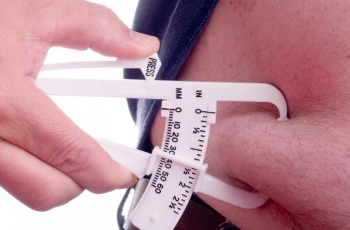Options available for pain alleviation

We discussed the various causes of shoulder discomfort when raising the arm. You can attempt a variety of remedies and treatments for each condition. Others are typical for all shoulder pain causes, particularly pain-relieving treatments. So, let’s begin by discussing the most common treatments for shoulder pain relief, which are nearly identical regardless of the diagnosis:
A) Physical therapy: Physical therapy and rehabilitation are essential, particularly when shoulder pain is caused by a chronic condition. When you visit a physical therapist, he will evaluate your range of motion and muscle strength and devise a treatment plan accordingly.
This form of rehabilitation is used to aid in the recovery of arm strength and range of motion. It consists of passive and active motion exercises that stimulate your muscles and aid in articulation strengthening. Additionally, they enhance flexibility and range of motion. Collectively, these exercises may reduce your pain gradually.
B) Oral therapy with nonsteroidal anti-inflammatory drugs (NSAIDs): This is the most common treatment found in doctors’ offices. Because it is a fast and simple method for reducing pain and inflammation.
You will be able to eliminate pain, reduce inflammation, and increase your range of motion if you take these medications as directed. You may be aware of the dangers associated with NSAID use. These medications are also referred to as non-steroidal anti-inflammatory medicines. They can cause stomach ulcers and indigestion, it is true. However, you can avoid these side effects by following the label instructions and consuming the correct dosage.
You can take these medications orally, but if your symptoms are more severe, they can also be administered intravenously. One of the reasons they are so popular is that they are very effective at reducing pain associated with inflammation. Consult your physician before taking them if you are pregnant or breastfeeding, and use them only for brief durations.
C) Intraarticular injections: These injections are used to treat inflammation and injury in the shoulder joint and are more effective and last longer than NSAIDs. Typically, they are administered to alleviate shoulder pain and enhance shoulder function in patients with severe symptoms that do not respond to oral treatment.
It should be administered by a physician with experience administering this form of treatment, as it is significantly more complicated than intramuscular administration. In this situation, physicians sometimes prefer to administer intraarticular injections using an ultrasound scan to ensure they reach the precise injection site. They will administer the appropriate injection to relieve your shoulder pain, which may consist of a single medication or a combination.
Recent studies indicate that hyaluronic acid and platelet-rich plasma can be used to improve joint function with optimistic outcomes.
D) Temperature therapy: A cold compress or ice pack is an effective method to alleviate pain, and this is true for virtually all types of joint pain, including shoulder symptoms. It can be administered directly to the painful area by wrapping a towel or cloth around it first. It is one of the best methods to treat shoulder pain due to its low cost, safety, simplicity, and lack of cost.
Depending on your symptoms, either cool or hot temperatures can be used. If your issue is most likely inflammation, cold temperatures will be more effective. If you want to relieve muscle tension and increase blood flow, warm temperatures are optimal. The most effective method to warm your shoulder is to take a hot bath. It relaxes the musculature and aids in the recovery of the shoulder. Additionally, you can take a warm shower or relax in a hot Jacuzzi.




